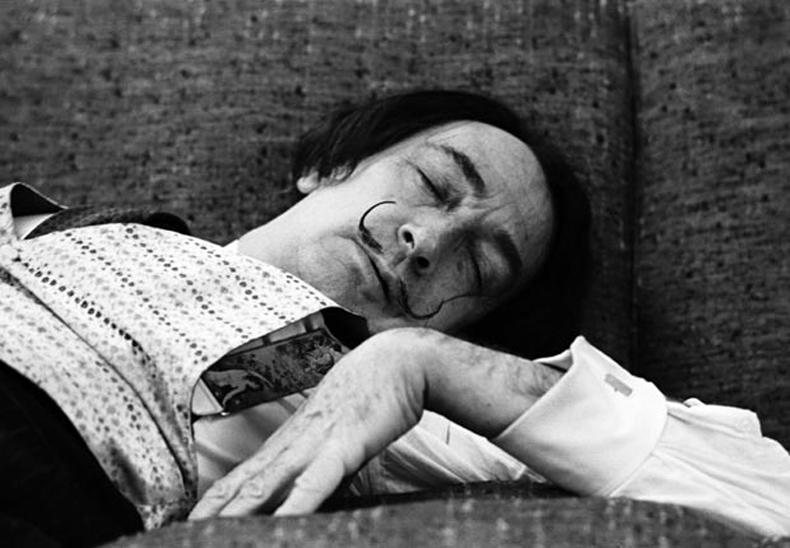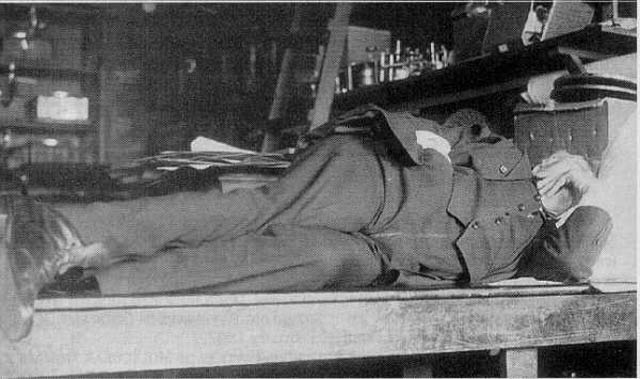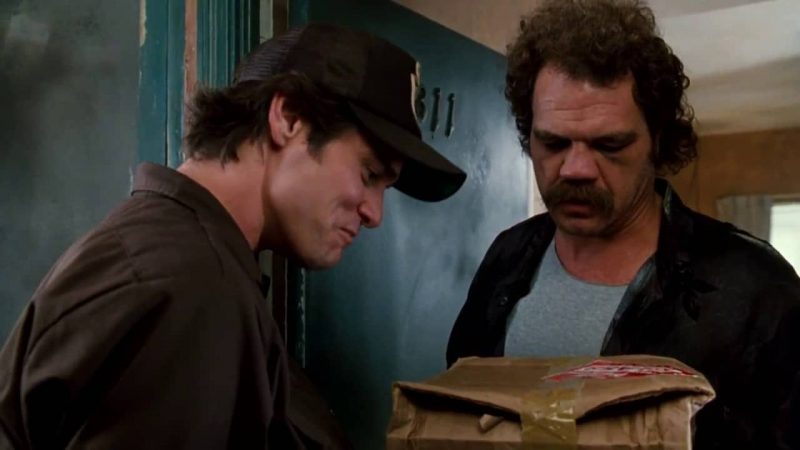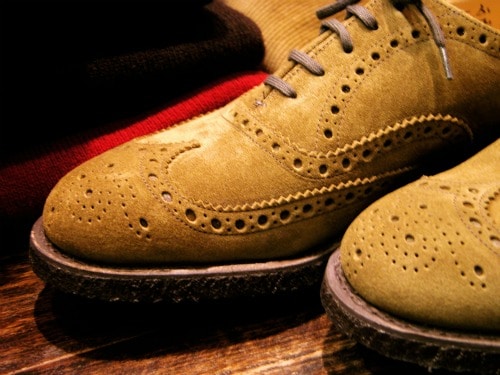Mastering the Art of Napping
Contents
Babies nap. Old people nap. But if you are in between those 2 eras of life and you are caught napping, it may be considered lazy, or weak. Of course, that also depends on what part of the world you are in.
Daytime napping is a common lifestyle habit among people living in warm-weather countries, but it is less common in the US. Many adults overlook this brief moment of rest, whether due to a perceived lack of time or a negative impression.
Best Time to Nap
According to experts, the best way to recharge during a power nap is to transition from stage 1 sleep (that lovely ‘drifting off’ feeling) to stage 2 sleep (slowdown of brain activity). Set your alarm for 15-20 minutes to ensure you hit the power nap “sweet spot.” The exception to this rule is if you are sleep-deprived and have the luxury of being able to nap for at least 90 minutes to complete a full sleep cycle.
The best time to nap is between 1pm and 3pm, when most of us have a natural drop in energy. Napping after 4 p.m. may interfere with your circadian rhythm, or internal body clock.
Napping around the world
Hispanic and Latin American countries have been known for their siestas. Businesses would even close down after lunch for siesta!
In New York, there are actually “legitimate” spas where you can pay for a 20 minute session in a pod of sorts, where it is dark and quiet except for music of your choice. Many other high-producing executives have realized that a quick, afternoon power nap can energize them for the rest of their day.
Napping at my house
Then, of course, there are Sunday afternoon naps. Those are the best! I actually heard a preacher, who was 10 years younger than his siblings, refer to himself as a “Sunday afternoon nap” baby, lol! My hubby and I joke as we are on our way home from our Sunday after church meal (lunch, supper, dinner, whatever you call it in your part of the world!), “hear” our bed calling us…
“Wait! Did you hear it honey? It’s calling me, my soft, comfy bed is calling my name…”
My husband is much better at napping than I am. He is much better at sleeping, period. Let him get still for 5 minutes and he is out! When I go to bed at night, it can sometimes take me an hour before I doze off, while he is just snoring away! And naps, very difficult for me to slow my brain down long enough to take a nap, but I am trying to learn how, for my sanity’s sake. It would be good if I could sneak in a 15 or 20 minute nap some days.
I remember back when I was 22 and had my 2nd baby. (when our 1st baby was born, I was 16 and lived with my mothe-in-law, so I had a lot of help with her). When baby #2 came along, we had our own little place and I was on my own. I learned very quickly how to fall asleep as soon as baby went to sleep. I got pretty proficient at it. And then I had baby #3 and #4 come along in 2 year successions, believe me, if I got a chance, I was gonna take a nap!
Power Nap Science
Many researchers believe that napping is caused by an innate biological rhythm in all mammals, including humans. It is simply our body’s natural circadian rhythm that causes us to become drowsy in the early afternoon. Your body is secreting a hormone that temporarily fools your body into thinking it is time to sleep. Though this energy slump should pass as the afternoon progresses, napping has evolved as a habit of both humans and animals to counteract the effects.
Famous people in history took naps.
Sir Winston Churchill
Churchill’s love of napping was no secret. “You must sleep sometime between lunch and dinner, and no halfway measures. Take off your clothes and get into bed. That’s what I always do. Don’t think you will be doing less work because you sleep during the day. That’s a foolish notion held by people who have no imagination. You will be able to accomplish more. You get two days in one – well at least one and a half, I’m sure. When the war started, I had to sleep during the day, because it was the only way I could cope with my responsibilities,” said the big fella.
Salvador Dali
The famous painter with the killer moustache had a very idiosyncratic napping strategy, but a highly effective one nonetheless. He would sit in a chair with a spoon in his hand over a tin plate. When he’d fall asleep, the spoon would fall onto the plate, making a noise and waking him up. He said that even such a brief nap would refresh him. No, I’m not making this up.

Thomas Edison
Oddly enough, Tommy Boy believed that sleep was a waste of time and proudly reported that he only slept 4 hours a night. He hoped that his invention of the electric light bulb would help people reduce their ‘unproductive’ sleep time. It turns out, however, that Edison supplemented his night sleep with – you guessed it – naps. He was reported to take two 3-hour naps each day!

If you are going to nap, find the right conditions and place for you.
- office during lunch hour
- your recliner
- the back porch
- your car (be safe with this!)
- your bed!
- on a blanket by a lake (my favorite!)
How about you? Do you take naps on a regular basis? Is it something you would like to try?




I actually do take a lot of naps! I love them. It’s one of the big benefits of working from home in my book. If I’m tired, I lay down for a bit. Sometimes I won’t fall asleep but the quiet time refreshes me. Other times I’ll sleep anywhere from 20 minutes to 2 hours.
My dad was a napper and I picked up the habit from him. It just makes sense. If your bodies tired, give it a break!